Ancient Artifacts Reveal Metal From Asia Reached North America Hundreds Of Years Before Contact With Europeans
MessageToEagle.com – Two leaded bronze artifacts discovered in northwestern Alaska offer first evidence that metal from Asia reached prehistoric North America prior to contact with Europeans.
The artifacts were found on Alaska’s northwest coast at Cape Espenberg on the Seward Peninsula where the Thule people lived in houses.
Two of the Cape Espenberg items are a bead and a buckle. These heavily leaded bronze artifacts are from a house at the site dating to the Late Prehistoric Period, around 1100-1300 AD, which is before sustained European contact in the late 18th century.
Metal artifacts are rarely found because they were usually used until they were worn down and, therefore, not well preserved at field sites.
“These items are remarkable due to curation and preservation issues,” said H. Kory Cooper, an associate professor of anthropology, who led the artifacts’ metallurgical analysis.
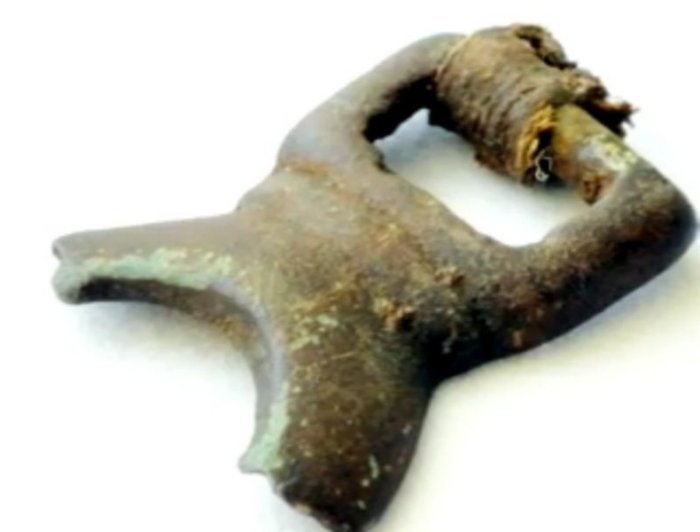
“This is not a surprise based on oral history and other archaeological finds, and it was just a matter of time before we had a good example of Eurasian metal that had been traded.
See also:
Mysterious Sacred ‘Sign Posts’ Of The Inuit People
Evidence Of Early Metalworking In Arctic Canada – European Technologies Involved
We believe these smelted alloys were made somewhere in Eurasia and traded to Siberia and then traded across the Bering Strait to ancestral Inuits people, also known as Thule culture, in Alaska. Locally available metal in parts of the Arctic, such as native metal, copper and meteoritic and telluric iron were used by ancient Inuit people for tools and to sometimes indicate status,” Professor Cooper explained.
The cylindrical bead and a fragment of a small buckle strap-guide are composed of leaded bronze, which is an alloy of copper, tin and lead. The fragmented leather strap on the buckle provided radiocarbon dating, and the item was dated to 500-800 years old, although the metal could be older.
“The belt buckle also is considered an industrial product and is an unprecedented find for this time,” Cooper said.
“It resembles a buckle used as part of a horse harness that would have been used in north-central China during the first six centuries before the Common Era.”
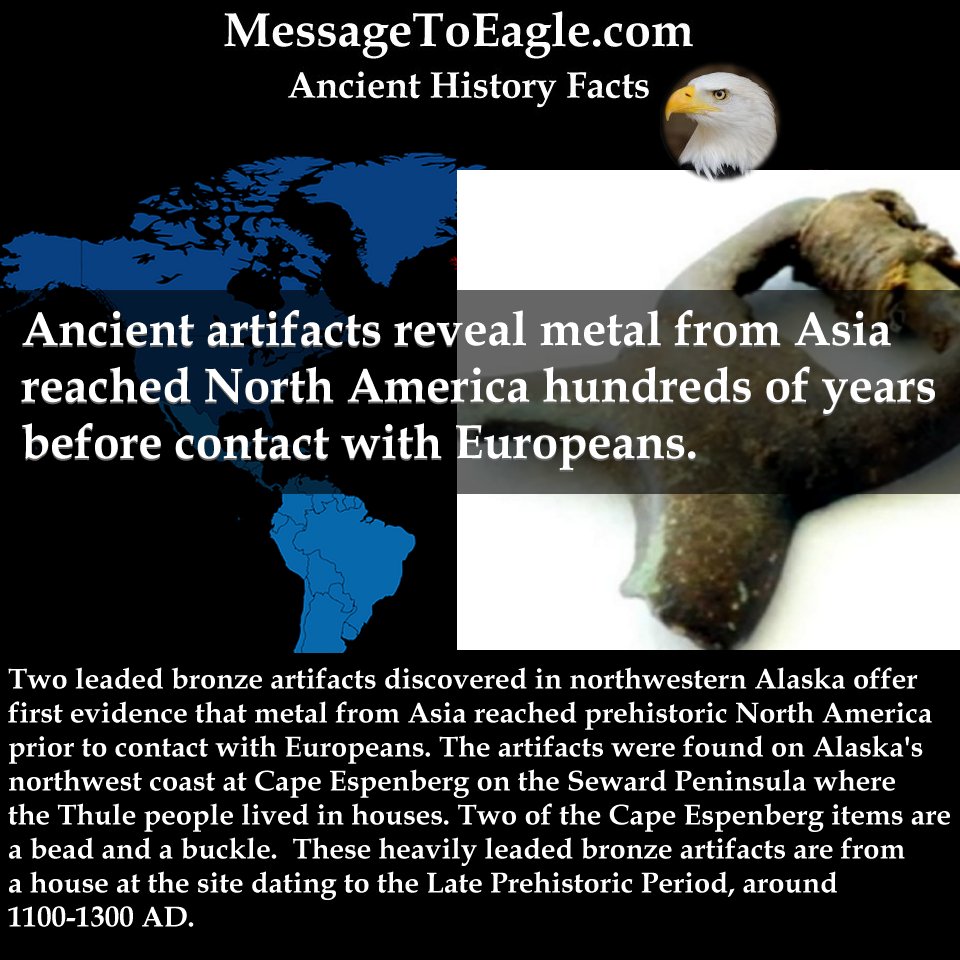
Three of the other four items from another house were determined to be copper – a piece of bone fishing tackle with a copper hook, an eyed copper needle and a small fragment of sheet copper. The final item was a bone fishing lure with iron inset eyes. All items were analyzed with X-ray fluorescence technology.
MessageToEagle.com
Related Posts
-
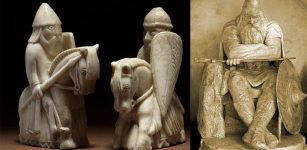 Vikings Were Buried With Board Games As Entertainment In The Afterlife
No Comments | Aug 3, 2016
Vikings Were Buried With Board Games As Entertainment In The Afterlife
No Comments | Aug 3, 2016 -
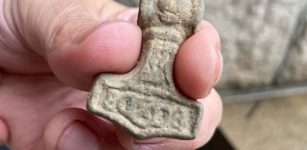 One Of A Kind Viking Age Hammer Of Thor Discovered In Ysby, Sweden
No Comments | Oct 17, 2022
One Of A Kind Viking Age Hammer Of Thor Discovered In Ysby, Sweden
No Comments | Oct 17, 2022 -
 Beautiful Lifelike Statues Of Animals Discovered In Zhejiang Tomb
No Comments | May 4, 2016
Beautiful Lifelike Statues Of Animals Discovered In Zhejiang Tomb
No Comments | May 4, 2016 -
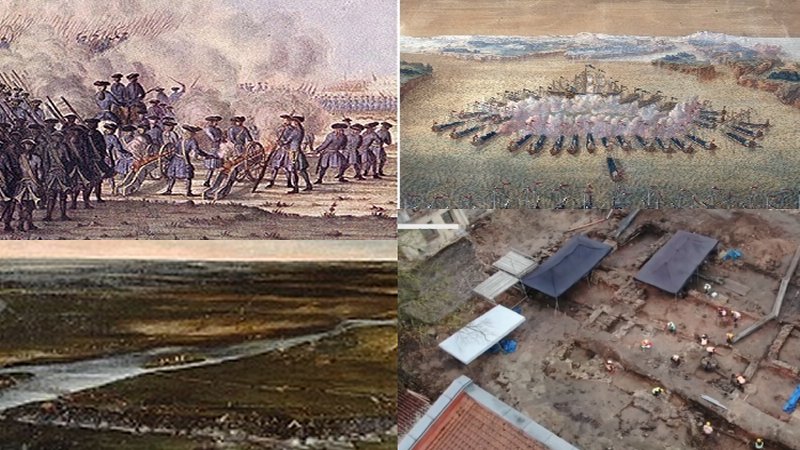 Medieval City Dating Back To The Great Northern War Discovered In Tartu, Estonia
No Comments | Jan 8, 2021
Medieval City Dating Back To The Great Northern War Discovered In Tartu, Estonia
No Comments | Jan 8, 2021 -
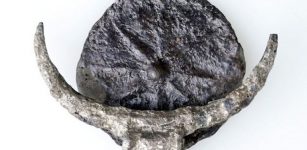 Rare 3,600-Year-Old Pagan Canaanite Treasure Trove Found In Judean Foothills
No Comments | Nov 18, 2016
Rare 3,600-Year-Old Pagan Canaanite Treasure Trove Found In Judean Foothills
No Comments | Nov 18, 2016 -
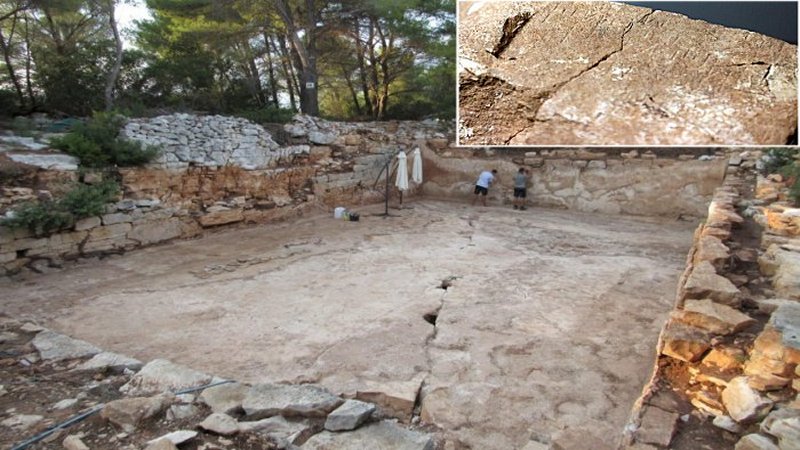 Excavations Of 2,500-Year-Old Water Cistern In Croatian Village Lumbarda – Completed
No Comments | Oct 1, 2020
Excavations Of 2,500-Year-Old Water Cistern In Croatian Village Lumbarda – Completed
No Comments | Oct 1, 2020 -
 Prehistoric Caves Near Sentani Lake, Papua, New Guinea – Found
No Comments | Feb 3, 2015
Prehistoric Caves Near Sentani Lake, Papua, New Guinea – Found
No Comments | Feb 3, 2015 -
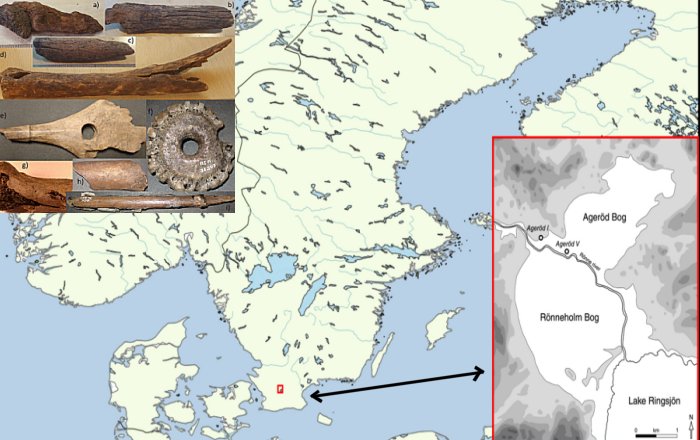 Accelerated Bone Deterioration At Mesolithic Peat Bog In Ageröd, Sweden
No Comments | Aug 4, 2020
Accelerated Bone Deterioration At Mesolithic Peat Bog In Ageröd, Sweden
No Comments | Aug 4, 2020 -
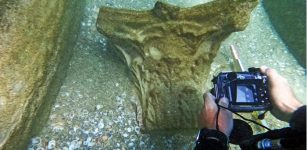 Roman Shipwreck Carrying Enormous, Rare Cargo Of 1,800-Year-Old Marble Artifacts Found
No Comments | May 24, 2023
Roman Shipwreck Carrying Enormous, Rare Cargo Of 1,800-Year-Old Marble Artifacts Found
No Comments | May 24, 2023 -
 Evidence Prolonged Droughts Ended The Bronze Age Indus Civilization And Its Megacities
No Comments | Apr 26, 2023
Evidence Prolonged Droughts Ended The Bronze Age Indus Civilization And Its Megacities
No Comments | Apr 26, 2023

